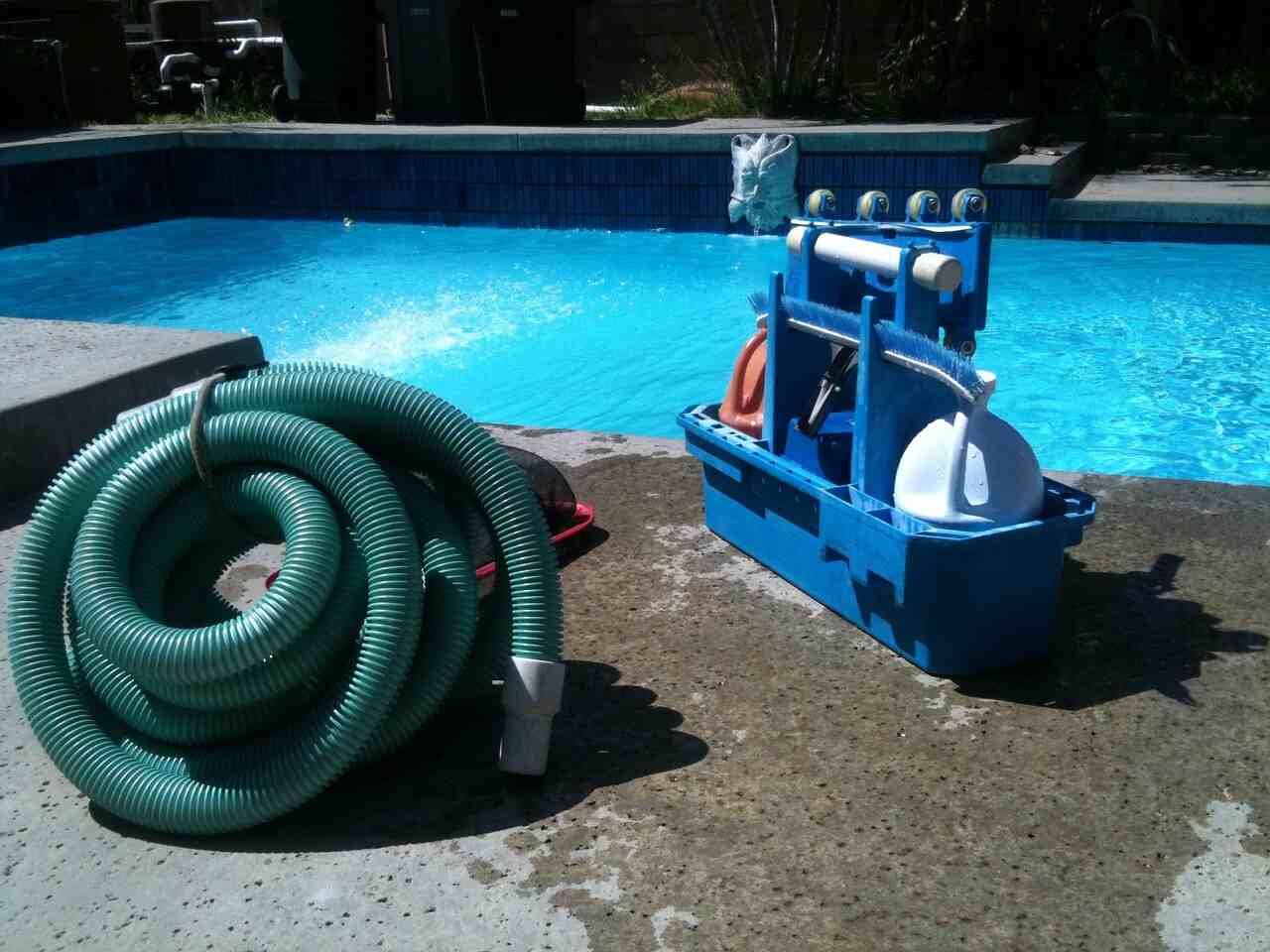The height of the pump to the pool’s water is often disregarded when it comes to installation. In particular, you’ll want to consider whether automatic valves on the suction lines are necessary.
The pump’s suction and return lines will need isolation valves installed if they are routed to a location below the pool’s water level. Because the pump is situated below the water level in the pool, these valves must be closed before the pump is turned on for skimmer basket cleaning. The collection will start leaking through the open pump if the pump lid is opened without the suction and return valves being closed and the pump is submerged.
A unique arrangement is needed when installing a pool pump if the pump is higher than the pool water. Check valves (one-way valves) can be installed in place of manual isolation valves to stop the pool water from leaving the system via the pump.
Envision a situation when there is a power outage in the wee hours of the morning. The water in the plumbing lines leading to your pump will drain back into the pool once you switch off the pump. In a perfect world, when the pump is turned back on, it will automatically prime itself by bringing water from the pool up through the pipe. However, pumps installed with a more significant height lift or pumps put on systems with slight breaches in the suction lines may have difficulties priming without having the strainer basket filled by hand.
Since the pump is having trouble priming, it may have to operate for 15 or more minutes. No one will be around to see if the pump can’t prime itself and turn it off to prevent overheating. A pump will likely be damaged if it is run dry (without prime) for longer than ten to fifteen minutes. Every electric motor has a thermal disconnect in case of overheating, although it is more of a fire prevention measure than a measure to keep the pump from becoming damaged by heat.
Check valves are the answer since you can’t always be there when the power goes out to ensure the pump breaker gets switched off.
A one-way valve should be fitted on both the suction and return lines to prevent water from dripping back into the pool after the water has been turned off. Having check valves in place ensures that your pump does not have to raise the water from the collection and into the plumbing lines, provided there are no leaks in the plumbing system that might jeopardize the valves’ ability to function.
In the same way, a ball valve, gate valve, or plumbing fitting represents a flow restriction; check valves do the same thing. To prevent the pump from working harder than it has to, check valves (or any other valves or fittings) should not be installed in front of the suction port.
Steve Goodale has written a helpful guide for homeowners installing a pool pump.

